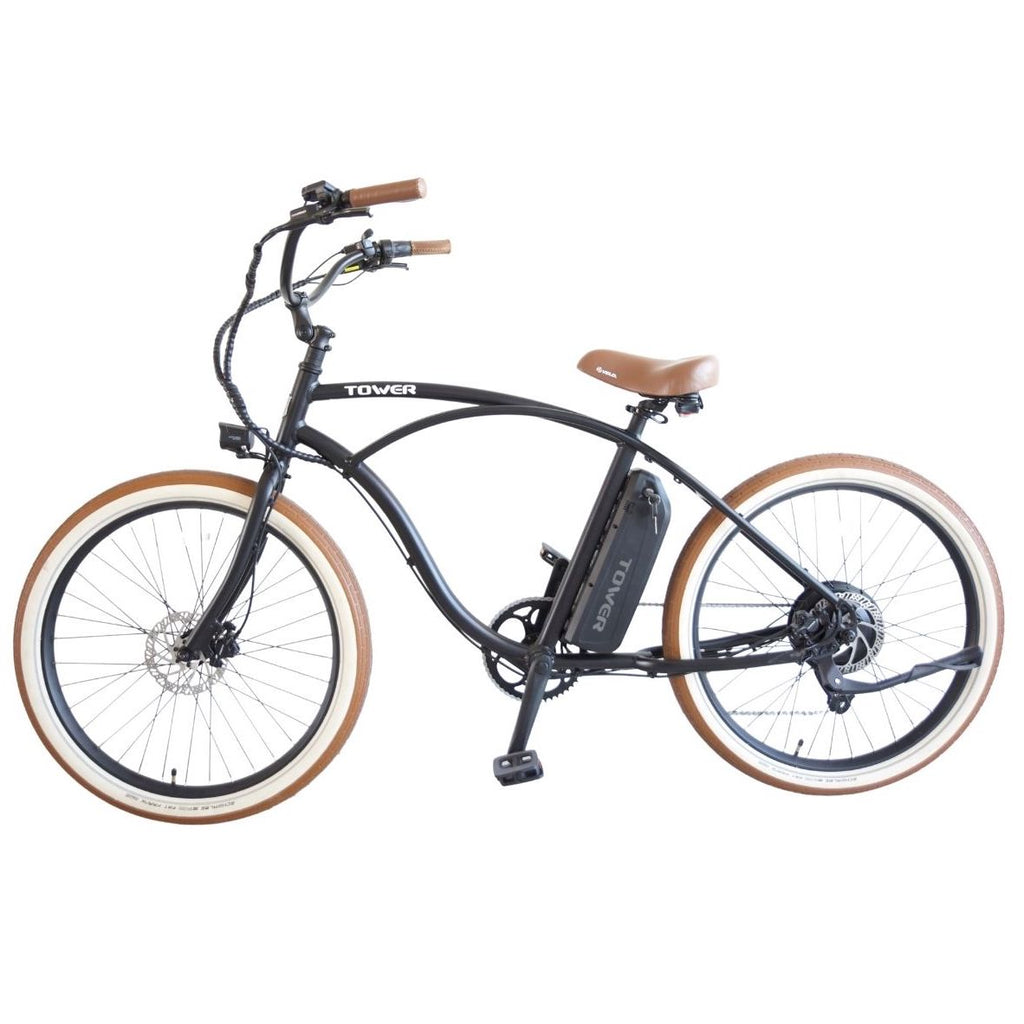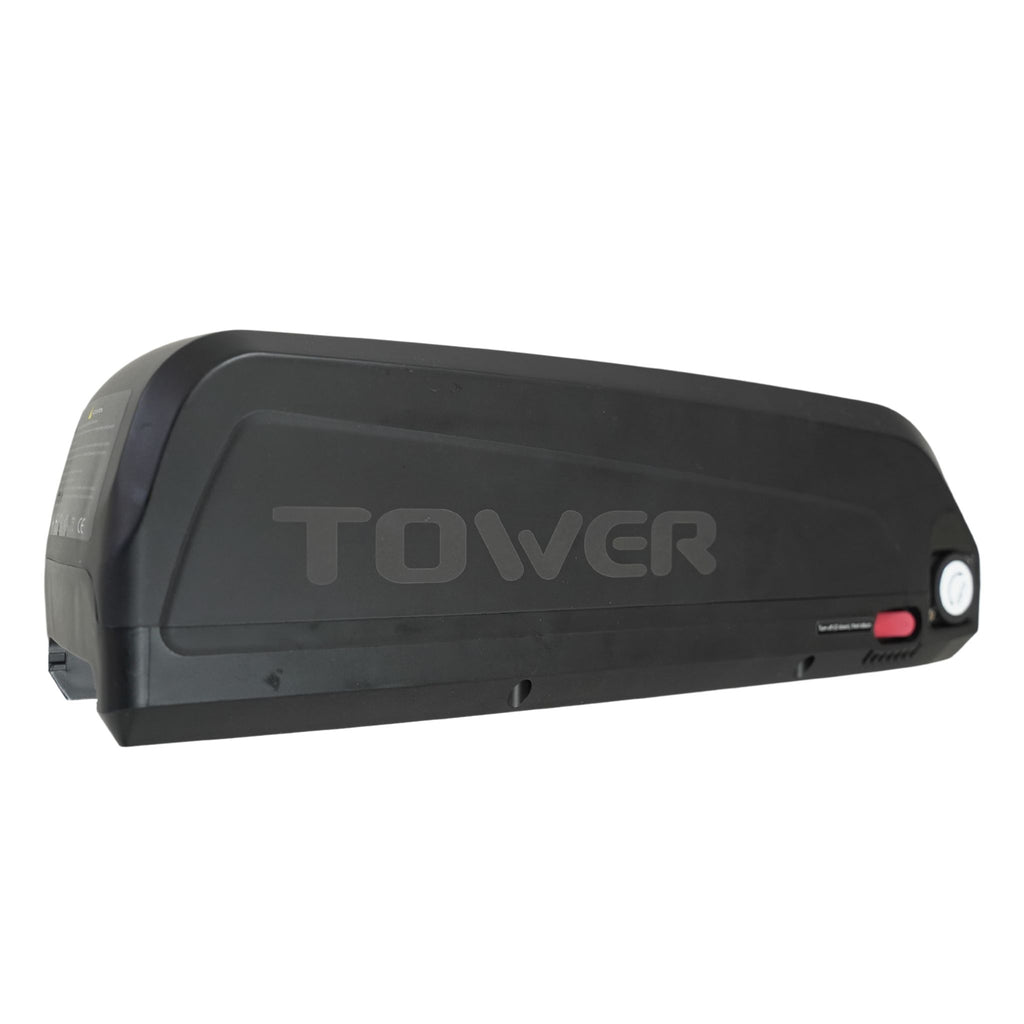In this article we'll break down some of the commonly misunderstood terms used when talking about electric bikes.

Voltage
Voltage can be tricky to explain, the easiest way to think of it is as the pressure and strength of an electrical power source (think of it like water pressure in a hose). Generally speaking, the higher the voltage the better. This is because high voltages pass through wires and motors more efficiently. Usually electric bikes will have a voltage of between 12-36 volts, 12 volts will generally be the lowest you can find as anything less than that will just need to work overtime to get the bike up to the same speed. Electric bike voltage will increase up to around 36v on more powerful motors.
AMPs
AMPs measure the volume or quantity of electric current that is available. To add to this definition, the flow of amps is called the current. The speed of flow of an electrical current is fixed and does not change. The higher the level of amps in a system, the thicker the wiring you will need to accommodate the level of electricity.
WATTS
The wattage is considered the “power” of a system and is calculated by multiplying both the flow of amps (current) and voltage (pressure) together. Most people will look at motor power and battery capacity (volatge) to determine how well an ebike might perform but the number of watts-hours in a system is the important one. This is a large determinant of the level of power output available in the system and also how far you'll be able to go on a single charge.
How many watts do I need?
This will depend on the type of riding you will be doing and the extent at which you will use your motor. Typically ebikes that will be used for hills will need more Watts that an ebike that will be used strictly on flat ground. If you want your motor for hilly areas you may want a motor with peak consumption of around 600 Watts or more. For flat terrain, a motor of 200 Watts may be enough.
How big should my battery be?
Battery capacity is typically measured by the amount the amount of current it can supply over a period of time (amp/hours). But, in order to get the most accurate reading you will need to multiply this figure by the voltage to get watt/hours. The capacity reading on your battery should only be taken as indicative as the performance can differ depending on the conditions of use (temperature, battery age etc). If you will be using your ebike regularly and for longer distances, you should look for a battery with a capacity that falls at the higher end of the spectrum.
Geared Hub
When a hub is referred to in an electric bike context it generally means motor. There are a couple of different styles of motor, we have found a geared hub to be the most popular as well as the most effective. This style of motor works by integrating the motor in the center of the rear wheel and using the gears and chain to drive.

Direct Drive Hub
Unlike geared hubs, where everything is contained within the shell of the motor, direct drive motors use the outer case as part of the motor. The outer shell is typically fitted with extremely strong rare earth magnets which enable the motor to run. When the motor is running, it drives the wheel directly, hence the name direct drive. The wheel itself becomes the motor in drive systems like this and it simply rotates around a central shaft that is used as the rear axle. Typically direct drive motors need to be large and heavy to produce the same level of power as an equally powered geared motor.
PAS
Stands for Pedal Assist System. It is the most common drive system found on electric bikes. You will sometimes find purely pedal assist systems (Europe) and hardly ever will you find a purely throttle system. PAS allows the rider to both choose the amount of energy they would like to use and how much battery power they would like to use. Typically electric bikes will feature 5 levels of pedal assistance.
Sprocket
A sprocket is a simply a metal disk found in the gear system of an ebike, they have teeth protruding from the outer edge which engage with the links in the chain. You will have a sprocket for every gear mounted on the rear wheel and usually a single sprocket on the pedal crank.
Spoke
The spokes are what support the wheels on a bicycle. They are the pieces of metal that run from the wheel hub to the outer rim. Generally, the more spokes that are fitted on a wheel, the stronger the wheel will be because the any force that applies to the wheel will be shared by each spoke. Spokes can be tricky to refit if you happen to break one, if this happens we suggest that you take your ebike to a professional to have it looked at.
Derailleur
The derailleur is the arm that enables gear changing. It is controlled by tension in a cable that runs from the derailleur right up to the gear shifter so when the rider changes gear, the tension in the cable is altered which causes it to shift either to the left or right to change gear.
Disk Brakes
Older bicycles used to brake by way of pads pressing against the bike rim at the outer edge by the wheel. In order to brake more effectively, disk brakes were created. These are disks that sit on the axle and are generally around 6" in diameter and are pinched by a caliper to brake. Because the diameter of these disks is considerably less than the outer edge of the rim, the force required to bring the bike to a stop is considerably less. Not only does this increase braking efficiency but also will extend the life cycle of your brake pads.
















